What is flow?
In common terms, the flow of a map is describing how a map feels while navigating through it. Some cases which effect the flow are:
Flow explanation
When a map has no flow, it means most of the times that it lacks some of the criteria which is listed in the next couple of aligns. Keep in mind that when you ignore some of the criteria, you may risk some serious flow issues on your map.
Aspect of gameplay on flow
As it should be clear to you what the core gameplay is (movement speed, jumping height, weapon recoils, etc), I won't put a lot of effort into that.
I've listed most of the required measurements of all current games. All measurements are referred with gridpower 3 and are generally measured (not the actual limit, but a solid one). Trickjumps are ignored as the aren't part of the primary gameplay.
Although the weapons which are being used throughout games matter a lot within the gameplay (thus the flow also); they won't be referred here as all games have their own documents for that.
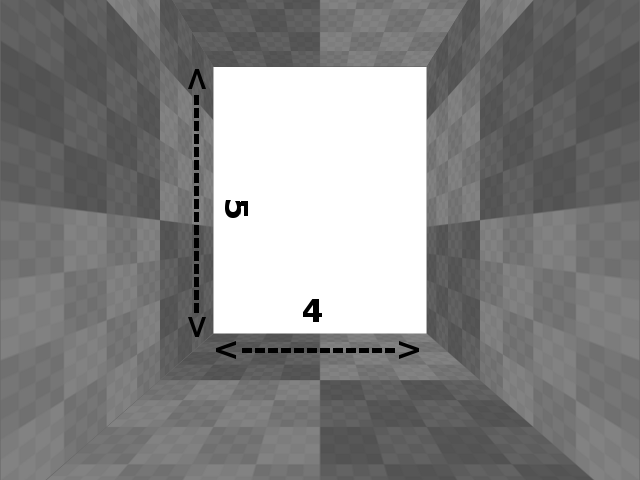
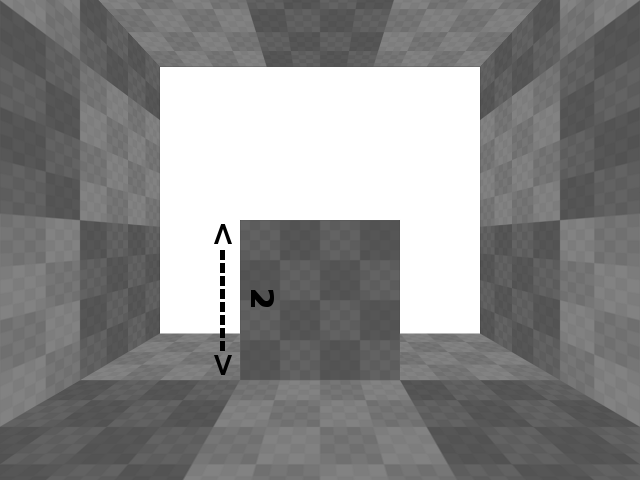
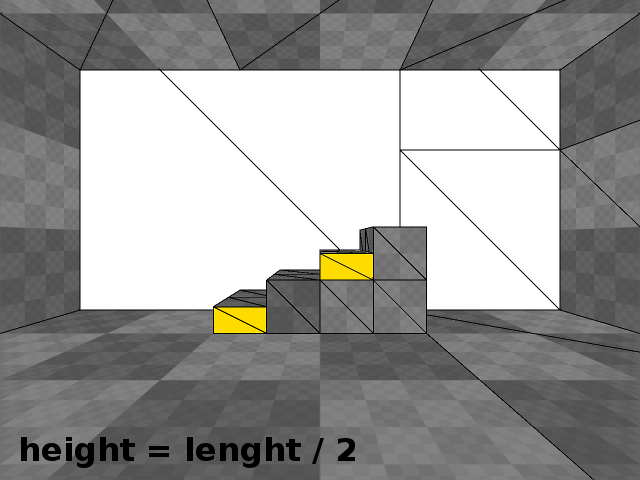
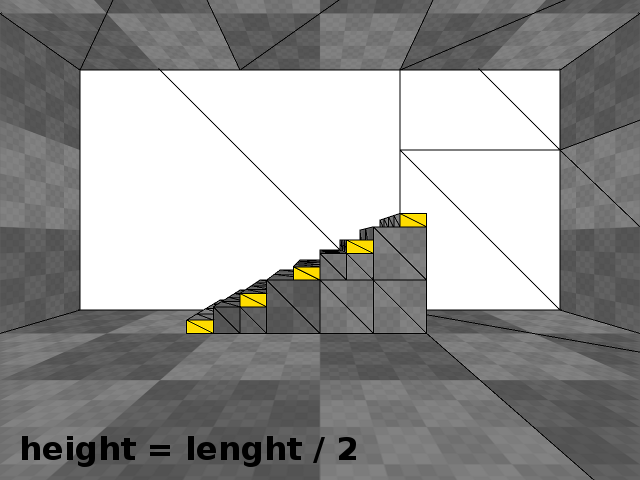
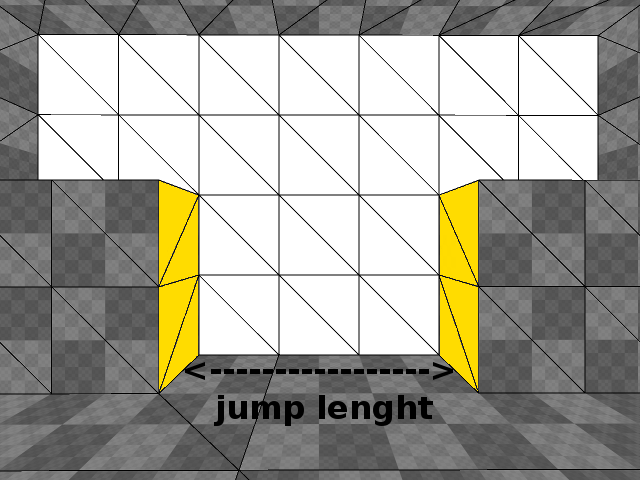
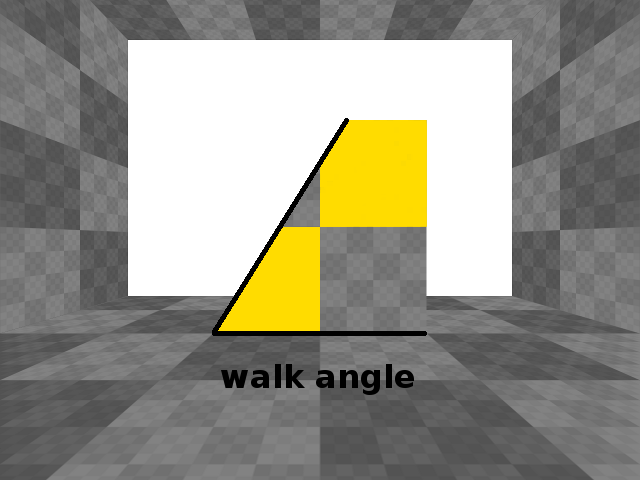
Aspect of the layout on flow
As the flow of a map highly depends on the layout, you should keep in mind for what kind of gamemode are you actually mapping.
Some points will be described in the next sentence;
Symmetry
There is no place for such a thing in maps which aim for modes on Deathmatch or Capture. However, it often is preferred on maps which are oriented on Capture The Flag (as being more competitive towards maps which are asymmetrical while their goal is Capture The Flag as well).
Height
In a certain way, every type of gameplay needs some difference in height between rooms, areas or platforms. However, some gamemodes rather prefer not too much difference as it destabilizes it. For example, maps which aim rather for a simplistic gameplay like Instantgib should have less difference between platforms than maps which aim for a more complex gameplay like Free For All (as weapons like the grenadelauncher and rocketlauncher are more useful in such situation).
Length
This may not matter a lot compared to the other points, but certainly shouldn't be forgotten. Long narrow paths (like hallways for example) never work well on any game. Keep the length of paths flexible and make sure there are enough connections to other paths.
Openness
This point matters also if the gamemode is more simplistic than complex. Maps which rather aim for Instantgib should contain less things to take cover behind (so like a hole-shaped layout in Deathmatch) than maps which aim for Free For All, which often have several rooms with individual weapons spawning within them.
Connections
The connection between one room, area or platform to another should be taken wisely. The options on Cube Engine 2 are:
If the difference in height is considerably big, some stairs is often not the right choice. A better option is to use a jumppad, except if the difference is that big (or there is some required geometry between the two rooms, areas or platforms), then a teleport would fit better. If the approach towards the higher platform has to be silent, only then a ladder should be chosen, else use anything other than that. The reason for this is that a ladder can only be occupied by 1 person at the time (all other players won't be able to move further until the first user left the ladder). A jumppad or teleport only take a split second to use before some other player can use it also; which doesn't slow down the flow that way. The same counts for elevators; they can only be occupied by 1 person at the time (although more people could be elevated at 1 time), so it's not very flexible to use compared to jumppads and teleports.
If there's quite some difference in length between rooms, areas or platforms, a teleport is rather preferred than a jumppad. The reason for this is that teleports don't need a direct connection; you can move in the teleport from 1 side of the room, while spawning at the teledest at the opposite side of another room. However, you should take caution not to use too much teleports or jumppads, as they are directing players to a specific location, no matter if the player wants it or not.
Stairs are a good choice when the length and height is about to be equal and not too much. Long stairs are often considered as bad because players are a more predictable target than on solid ground.
Realism
While making a layout, realism should be chosen after the aspect of gameplay and flow. It is often forgiven that something isn't realistic yet flowing and increasing the playability, than being realistic and slowing down the flow (thus making the map less playable).
Performance
This topic is often overlooked while it surely matters. When making a layout, keep in mind you're using Cube Engine (2), which means you work with cubes. They may be pushed and pulled in about 56 different positions within the selection, it only makes it harder when using a lot of variety in it. Keep shapes simple. Most of the time, a texture which has the correctly specified shader-settings is even more effective than handcrafted geometry. If you really want to use some complex geometry, try to use mapmodels instead.
Entities
As the position of entities that goes about playerstarts or other spawn-points which are part of the gameplay should follow the next couple of lines:
On the next screenshot of ot within Sauerbraten is shown how spawn entities like playerstarts or teledests could be positioned correctly.

Aspect of the atmosphere on flow
Although it has the least effect on the flow of a map, it definitely shouldn't left unnoticed.
You may want to create the most creepy place anyone has ever witnessed; be sure that paths and even corners within rooms are just enough revealed to see what's out there. However, keep in mind that the atmosphere should have enough contrast as well (in texturing, not just 1 colour; in lighting not all brighted but not all covered in darkness also).
A good example on how it shouldn't be done is the next picture, which displays one of the rooms of the map within Sauerbraten; ph-capture. You can't see anything except the actual exits, but it's just a wild guess what you'll bump into while trying to reach it.

Aspect of clipping on flow
This is the very last step to do when creating a layout, as it happens to be combined often while texturing or detailing and even while being in the lighting process. Nevertheless, clipping exists to avoid players getting stuck or so they won't reach undesired places.
As some of the developers of Sauerbraten stated, it often happens they still have to fix several clipping issues which could have been whiped out by the mapper already. Some key hints to avoid such happenings are:
calclight or genpvs occlusion culling will be occurred (only on Sauerbraten and Red Eclipse). This calculates all cubes in certain views (also called viewcubes), so the map is already drawn (also called prerendered) from certain places. As cubes which contain any clipping material won't be calculated, it eventually saves file-size. Another reason to fill that particular space is to ensure no one is ever able to get through, up, under or next to the walls of clip (due mistakenly leaving a gab for example) and it also looks a lot cleaner.This can be viewed in the next picture which displays the map renegade on Sauerbaten.
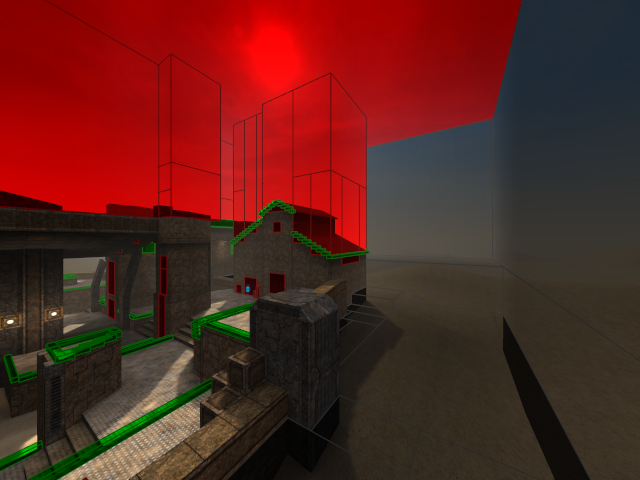
All points notified above about the aspect of clipping are displayed in the next screenshot of the map collusion on Sauerbraten (except for replacing clip material for death material). Players are unable to get behind it as everything between the wall of clipping material and the actual edge of the map is fully sealed.
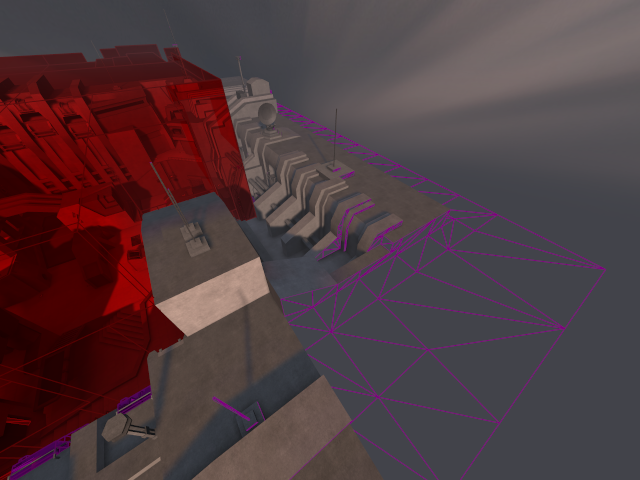
In the next picture, a good clipped corridor (as in the map metl4 on Sauerbraten) is displayed. You practically won't get stuck anywhere while moving through it.
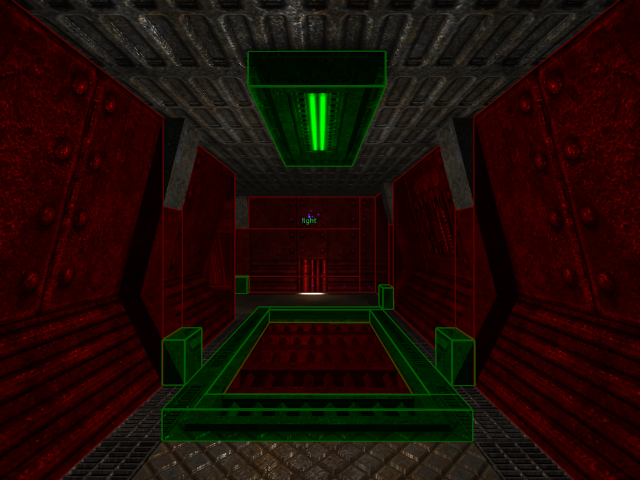
All information provided within this guide may be used as a base to create other guides, articles or as reference within comments, replies or any other conversations, as long as it's about a similar topic and the original author is credited. Original author: Suicizer. Created at: 2014-02-19 12:36:58.